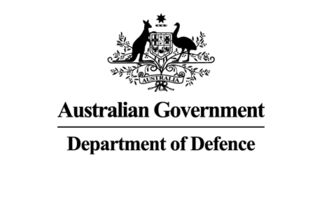

course overview
Overview
This course provides an introduction to Agile Service Management, the application, and integration of agile thinking into service management processes and process design projects.
Agile thinking improves IT's effectiveness and efficiency, and enables IT to continue to deliver value in the face of changing requirements.
Examination
Audience
Skills Gained
Participants will develop an understanding of:
Prerequisites
There are no formal pre-requisites for this course. However, familiarity with IT service management processes and ITIL is desirable.
More testimonials for this course
Outline
Course Introduction
What Does it Mean to “Be Agile”?
Summary
If you need training for 3 or more people, you should ask us about onsite training. Putting aside the obvious location benefit, content can be customised to better meet your business objectives and more can be covered than in a public classroom. Its a cost effective option. One on one training can be delivered too, at reasonable rates.
Submit an enquiry from any page on this site, and let us know you are interested in the requirements box, or simply mention it when we contact you.
All $ prices are in USD unless it’s a NZ or AU date
SPVC = Self Paced Virtual Class
LVC = Live Virtual Class
Our clients have included prestigious national organisations such as Oxford University Press, multi-national private corporations such as JP Morgan and HSBC, as well as public sector institutions such as the Department of Defence and the Department of Health.












